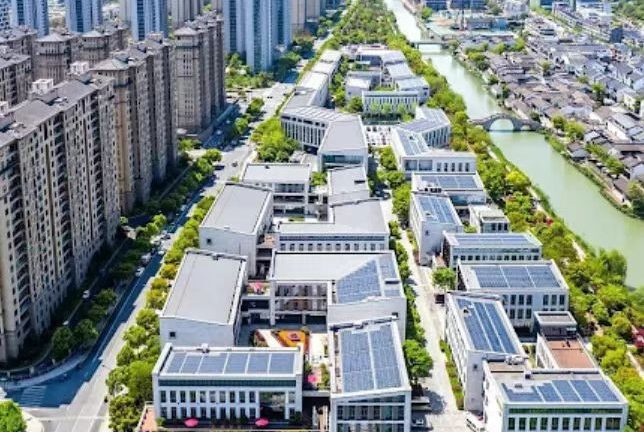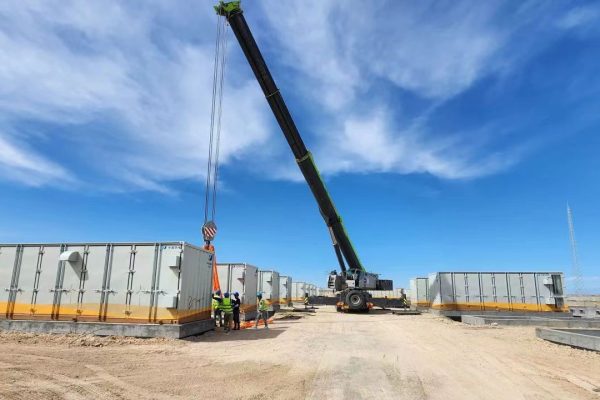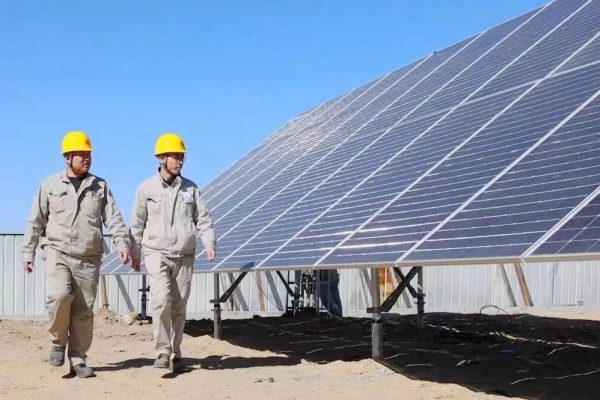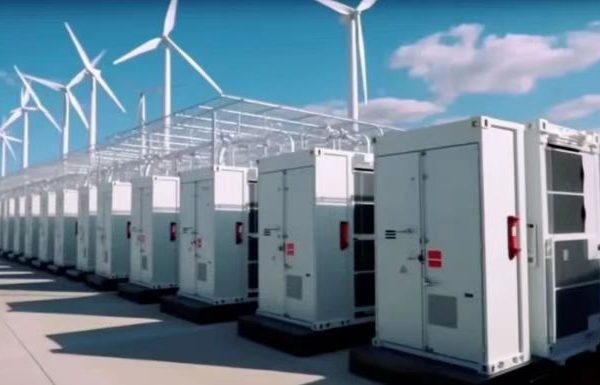An Inside Look at What You’re Really Buying
More Than a Metal Box
When clients first see a PV+ESS cabinet, the appeal is immediate: one integrated box that combines solar control, energy storage, and output management.
But not all “all-in-one” cabinets are created equal.
Do you know what’s actually inside?
Understanding the internal architecture is essential to:
- Compare vendors accurately
- Ensure project compatibility
- Evaluate safety, flexibility, and ease of maintenance
This article breaks down the standard components, variations, and key procurement considerations when evaluating integrated energy cabinets for residential, agricultural, or small commercial use (typically 5kW–50kW).
1. Core Components: What Should Be Inside?
A true all-in-one PV+ESS cabinet typically includes the following sub-systems:
🔋 Battery Bank (LFP or NMC)
- Usually rack-mounted in modules (48V or 51.2V)
- Total capacity ranges from 10kWh to 100kWh
- May include thermal pads, cable management, fireproofing
⚡ Hybrid Inverter (Bidirectional)
- Central brain of the system: manages PV, grid, load, and battery
- Power range 5kW–50kW depending on project scale
- Often supports on/off-grid modes and parallel expansion
🧠 BMS (Battery Management System)
- Monitors voltage, current, temperature of each battery module
- Provides protection (over/under voltage, overtemp)
- Usually communicates with inverter via CAN or RS485
🧭 EMS (Energy Management System) (optional but valuable)
- Optimizes energy flow between sources and loads
- Supports TOU strategies, remote control, load prioritization
- Critical for commercial or multi-source systems
🔌 AC & DC Breakers, SPD, and Fuses
- Electrical protection devices integrated into cabinet
- Ensure system safety and compliance
- May include arc-fault detection, surge protection
🌡️ Cooling & Ventilation System
- Passive (vents, heat sinks) or active (fans, HVAC)
- Depends on battery chemistry and cabinet rating (IP54/IP65)
🔍 Monitoring & Display
- Touchscreen HMI, LED indicators, or remote web dashboard
- Displays real-time data: SOC, power flow, alarms
2. Optional Components and Variants
Depending on brand or customization, some systems may also include:
- 🔁 Auto-transfer switch (ATS) for seamless grid failover
- 🔋 Battery heating module for cold climate use
- 🔒 Lockable compartments for safety and access control
- 📶 Wi-Fi/4G module for remote diagnostics
- 🔌 EV charger module (in some commercial-use cabinets)
3. Why It Matters: Internal Design Affects Real-World Use
Two 20kWh cabinets might look similar on the outside — but perform very differently inside.
🔧 Integration Quality
- Are cables routed cleanly and labeled?
- Are breakers rated properly and easily accessible?
🔋 Battery Arrangement
- Are modules hot-swappable?
- Is there room for expansion later?
🔐 Protection and Redundancy
- Are there redundant breakers for AC and DC?
- Is there a backup comms protocol (e.g., both CAN + RS485)?
4. What Clients Should Ask Before Buying
Whether you’re an installer or system buyer, here are smart questions to ask suppliers:
- Can you share a wiring diagram or internal layout?
- Which inverter brand is integrated — and can it be replaced or upgraded?
- Is the cabinet IP-rated for indoor or outdoor use?
- How is heat managed — passive, fan-cooled, or HVAC?
- Can I monitor the system remotely? Is it included or extra?
- Is the BMS open-protocol or vendor-locked?
- Are all electrical protections (AC/DC) already built in?
5. Use Cases: When an All-in-One Makes Sense
| Use Case | Why It Fits |
|---|---|
| Off-grid rural guesthouses | Plug-and-play, reliable, low maintenance |
| Agricultural water pump stations | Easy deployment, rugged enclosure |
| Resort or eco-lodge in remote area | Clean integration, supports solar + genset |
| Small commercial (EV station, warehouse) | Compact footprint, fast install |
6. Not All Cabinets Are Equal
A good cabinet integrates more than hardware — it reflects thoughtful system design.
For installers, a well-built PV+ESS cabinet reduces labor and wiring mistakes.
For clients, it ensures greater reliability, safety, and long-term ROI.
Ask your supplier to walk you through what’s inside — not just send a brochure.









